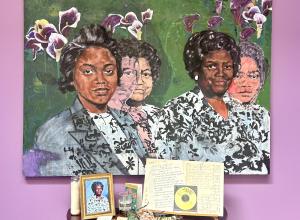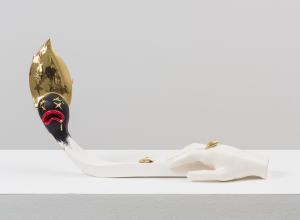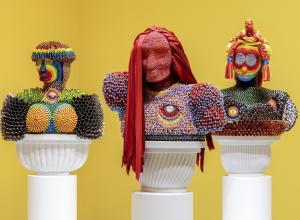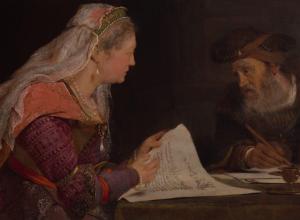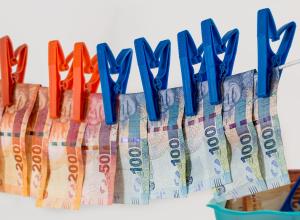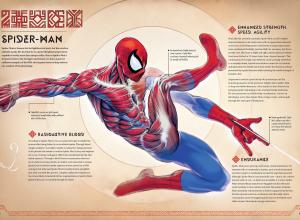When thinking of great art, we can’t discount the importance that collectors, philanthropists, and banking families played in the art market from the Renaissance onwards.
Art News
Since our very first president, Americans have adorned themselves with political messages. A compact way to tell the world about your political views and preferred candidates, buttons and pins have long served as simple, easy ways to boldly show your support.
Emerging artist Wenhui Hao (2000) has been drawing attention with her striking blend of figuration and abstraction. The 2024 Royal College of Art graduate now lives and works in Beijing and London and has had a number of popular exhibitions across Europe and Asia. Her first U.S. solo exhibition opened June 11th at Half Gallery in NYC.
In Rome, after nearly two decades in the making, a new piazza in front of the ancient tomb of the Roman Emperor Augustus is finally open– at least partially.
Copying within the context of the art world has evolved over the centuries. What was once understood as a vital tool for study and learning is now often perceived, especially by laymen, as a kind of cheating. Even so, copying sometimes is ethically questionable.
Art has long been identified, even romanticized, as an ideal way to launder money. There’s a thread of logic here: the art world accommodates anonymous, high-dollar buyers and the industry allows large cash deals. For racketeers, it’s difficult to conjure up a more attractive set of circumstances.
During the Victorian era, one name constantly echoed within the walls of every English art enthusiast was Edwin Landseer (1802 – 1873). Son of John Landseer, an engraver and writer among other things, Edwin displayed an early talent for painting with his earliest drawings, mostly of animals, dating back to when he was only five years old. By 24, he was already an Associate of the Royal Academy.
In a new Art & Object series, we’ll take a look at some of history’s greatest jewelry stories, showing you how and why jewelry is such a powerful artistic, cultural, and historical artifact.
Ghanaian artist Gideon Appah (1987) has been making quite a splash in the international art scene over the last decade with his figurative paintings, drawings, and mixed media works. Appah’s use of impasto brushwork creates richly textured, evocative work.
By exploring three modern artist-designer couples of the twentieth century, we revisit two timeless art debates: the intersection between design and art, and art history as more than a solitary line of predominantly male geniuses.


![DEl Kathryn Barton [Australian b. 1972] the more than human love , 2025 Acrylic on French linen 78 3/4 x 137 3/4 inches 200 x 350 cm Framed dimensions: 79 7/8 x 139 inches 203 x 353 cm](/sites/default/files/styles/category_card_187x139/public/ab15211bartonthe-more-human-lovelg.jpg?itok=LJbNuU6F)

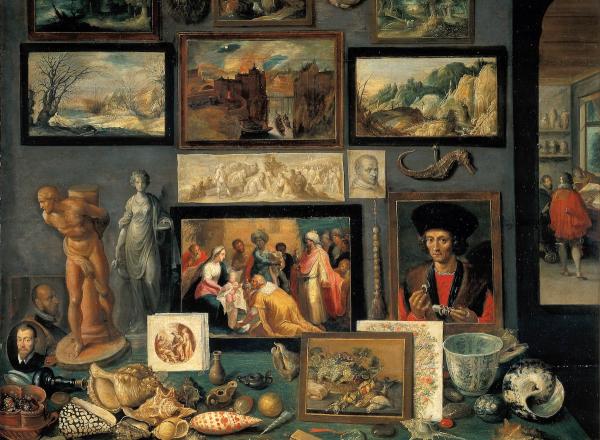
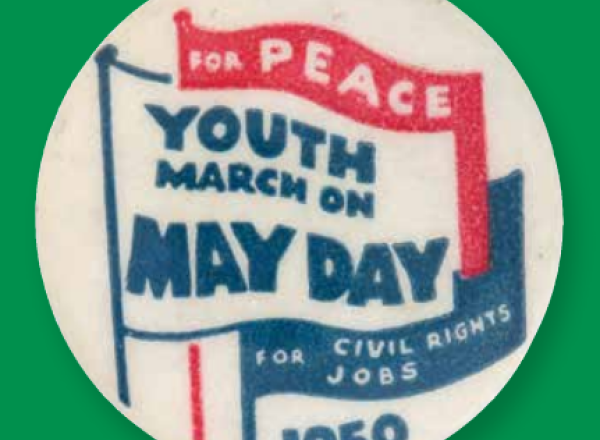
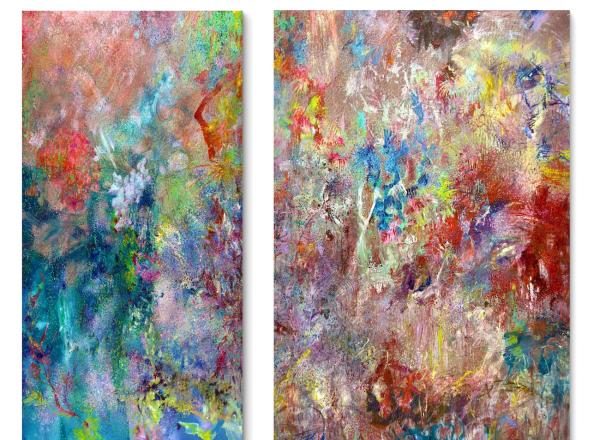
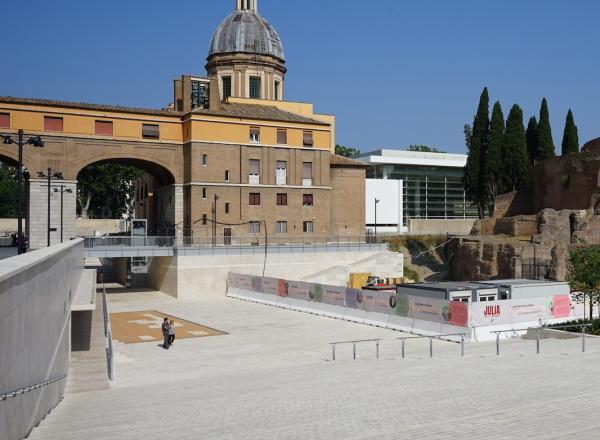
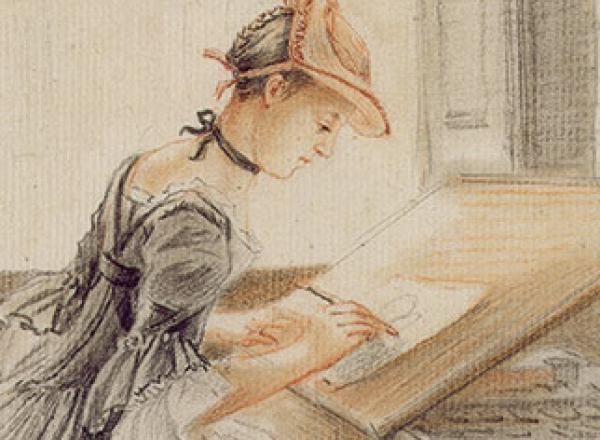
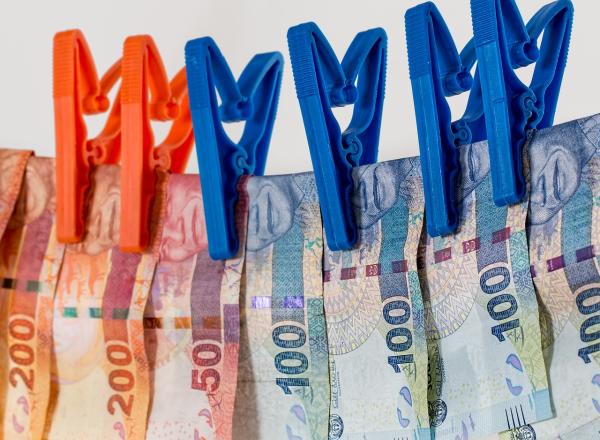
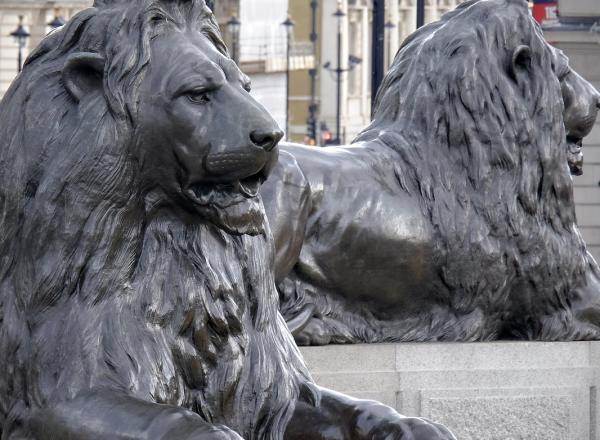
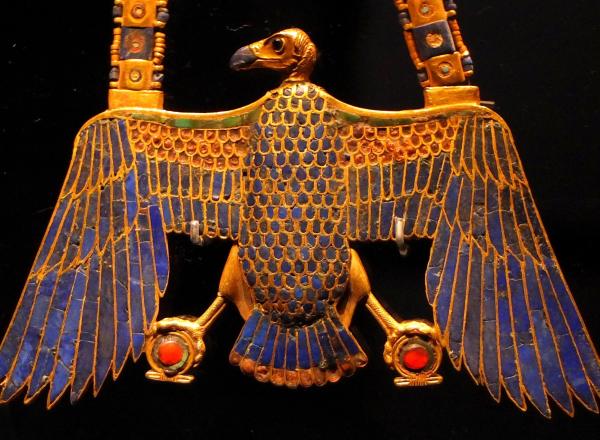
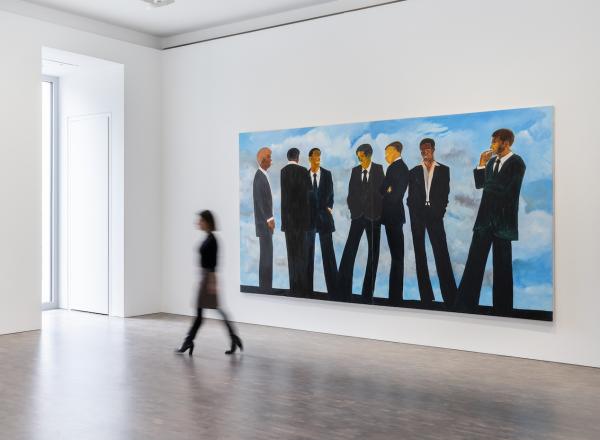
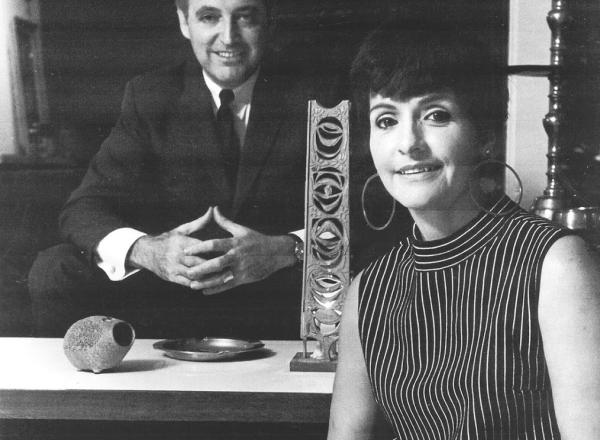

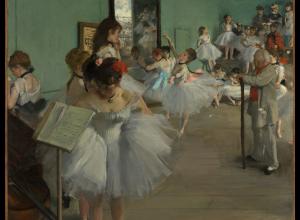
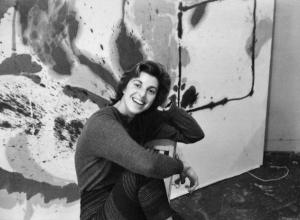
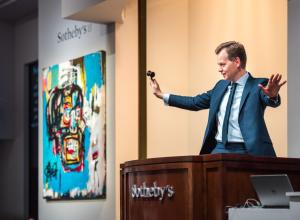
![DEl Kathryn Barton [Australian b. 1972] the more than human love , 2025 Acrylic on French linen 78 3/4 x 137 3/4 inches 200 x 350 cm Framed dimensions: 79 7/8 x 139 inches 203 x 353 cm](https://www.artandobject.com/sites/default/files/styles/image_5_column/public/ab15211bartonthe-more-human-lovelg.jpg?itok=wW_Qrve3)

